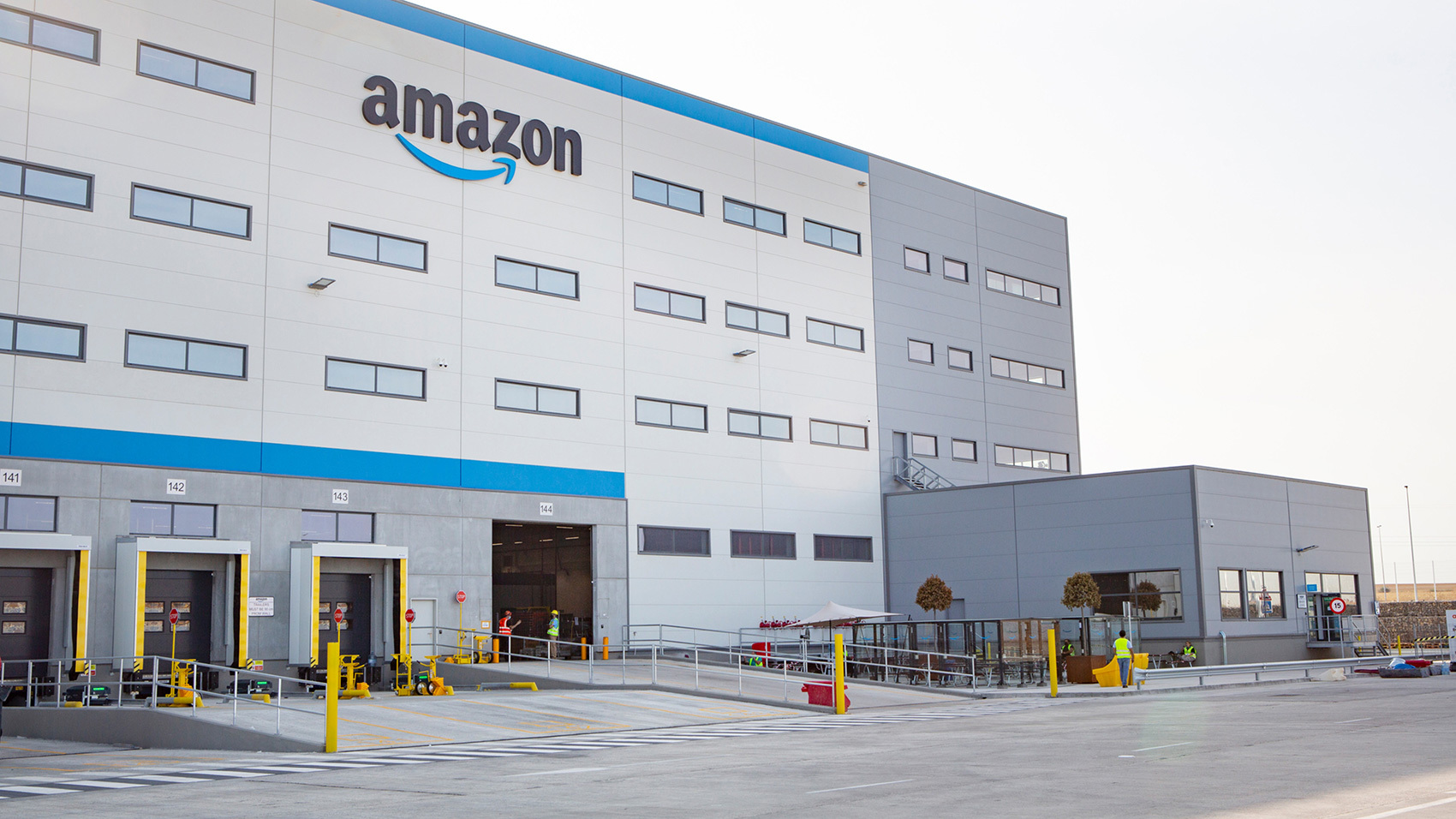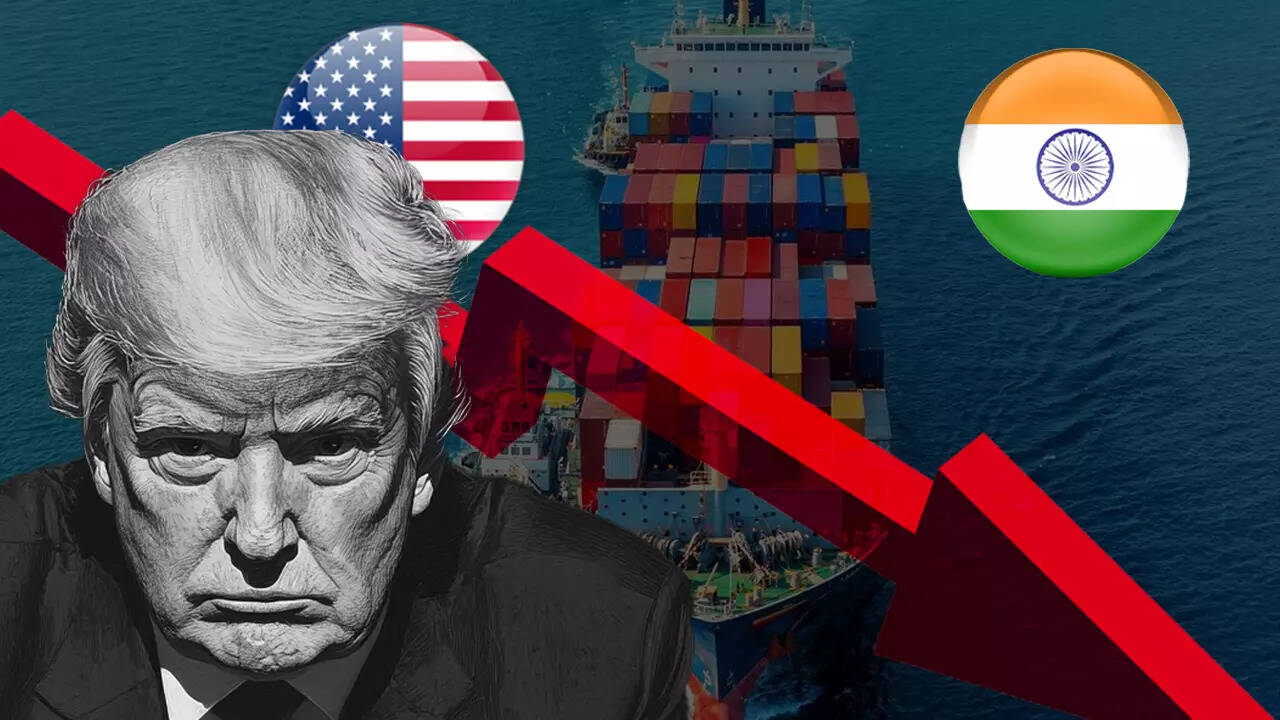"China+1" strategy involves companies expanding or relocating their manufacturing operations to countries other than China to mitigate risks associated with over-reliance on a single nation. Factors driving this shift include geopolitical tensions, rising labor costs in China, and the need for supply chain resilience.
India's Strategic Advantages
India offers several compelling factors that make it an attractive destination for companies implementing the China+1 strategy:
- Demographic Dividend: A large, young, and skilled workforce provides a competitive edge in labor-intensive industries.
- Policy Initiatives: Government programs like "Make in India" and Production-Linked Incentive (PLI) schemes aim to boost domestic manufacturing and attract foreign investment.
- Market Potential: A vast domestic market ensures demand for manufactured goods, reducing dependency on exports.
- Strategic Location: Proximity to key markets in Asia, the Middle East, and Africa enhances trade opportunities.
Challenges to Address
Despite these advantages, India must overcome several hurdles to fully capitalize on the China+1 opportunity:
- Infrastructure Gaps: Inadequate transportation and logistics infrastructure can hinder efficient supply chain operations.
- Regulatory Complexity: Streamlining bureaucratic processes and ensuring policy stability are essential to attract and retain investors.
- Skill Development: Investing in education and vocational training is crucial to meet the demands of advanced manufacturing sectors.
- Supply Chain Ecosystem: Developing a robust network of suppliers and ancillary industries will enhance competitiveness.
The Road Ahead
To seize this opportunity, India must implement targeted reforms and investments:
- Enhance Infrastructure: Accelerate the development of industrial corridors, ports, and logistics networks.
- Simplify Regulations: Create a business-friendly environment with transparent and consistent policies.
- Promote Skill Development: Align educational curricula with industry needs and expand vocational training programs.
- Foster Innovation: Encourage research and development to move up the value chain in manufacturing.
By addressing these areas, India can position itself as a viable alternative to China in global supply chains, driving economic growth and job creation.
.png)
.png)







